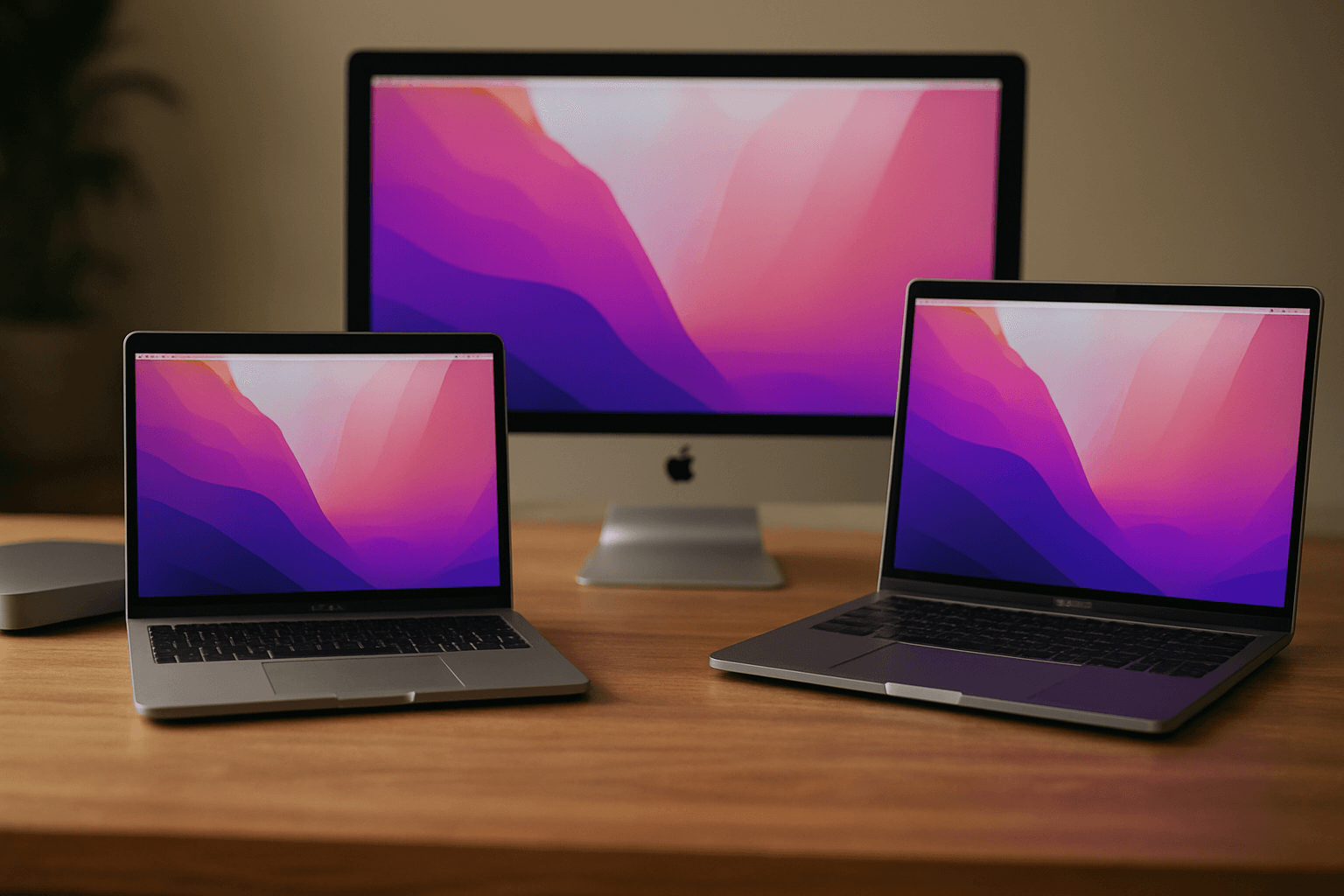A practical guide to selecting a MacBook that fits your development workflow, balancing performance, battery life, portability, and budget.
Step-by-step advice on which MacBook models and configurations are best for different types of developers in 2025, including key specs to prioritize and buying tips.
Why MacBooks are a strong choice for developers
MacBooks combine a Unix-based OS, robust hardware, and strong battery life, making them popular among developers. macOS supports native development tools for web, mobile (iOS), and backend workflows, while also enabling virtualization and containerization for cross-platform work. The Apple silicon transition (M-series) further improved performance-per-watt and native ARM toolchain support.
Key specifications to prioritize
CPU and architecture: prefer Apple silicon (M-series) for best performance and battery life; for heavy parallel workloads, choose higher-tier M chips. RAM: aim for 16 GB as a baseline for most development work; choose 32 GB or more for large VMs, complex container setups, or in-memory databases. Storage: NVMe SSDs are fast — 512 GB is a sensible starting point, 1 TB+ if you keep many VM images or large datasets locally. Display and resolution: prefer higher-resolution panels for more screen real estate (use external monitors if needed). Ports and expandability: consider how many external displays and peripherals you use; pick models with enough Thunderbolt/USB-C ports or plan to use a dock.
Choosing between models
MacBook Air: excellent for web, mobile, and lightweight backend development; excellent battery life and portability. MacBook Pro 14"/16": better sustained performance, more ports, and improved cooling — choose if you compile frequently, run CI locally, or use heavy Docker/Kubernetes workloads. Consider the balance between weight and performance based on whether you travel often or mostly work from a desk.
Recommended configurations by developer type
Web/mobile developer (single OS, light VMs): M2/M3 MacBook Air or base Pro with 16 GB RAM and 512 GB SSD. Full-stack/backend developer (containers, local databases): 16 GB baseline, preferably 32 GB if you run multiple services or VMs; consider a 14" or 16" Pro for sustained performance. Data scientist / ML prototyping: prioritize RAM and SSD capacity; if doing model training locally, consider higher-end M-series with more GPU cores or use cloud GPU instances. iOS developer: any modern M-series MacBook is fine; choose screen size and RAM based on multitasking needs.
Buying tips and future-proofing
Buy as much RAM and storage as your budget permits because Apple laptops are not user-upgradable. Prioritize a CPU/GPU tier that will remain comfortable for at least 3–4 years of your workload. If you rely on virtualization of non-ARM OSes, test your toolchain on Apple silicon or plan for cloud/dev servers. Consider certified refurbished or last-generation Pro models to save cost while getting higher specs. Finally, check compatibility for any specialized hardware or drivers you need before purchasing.
